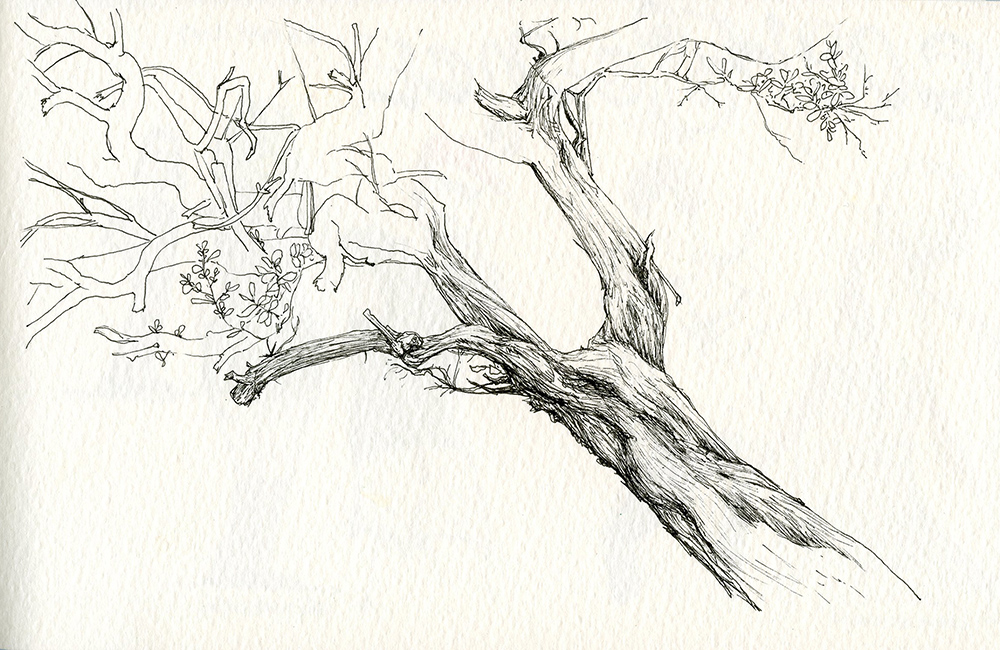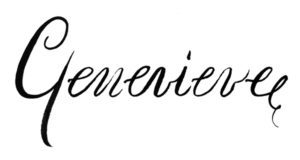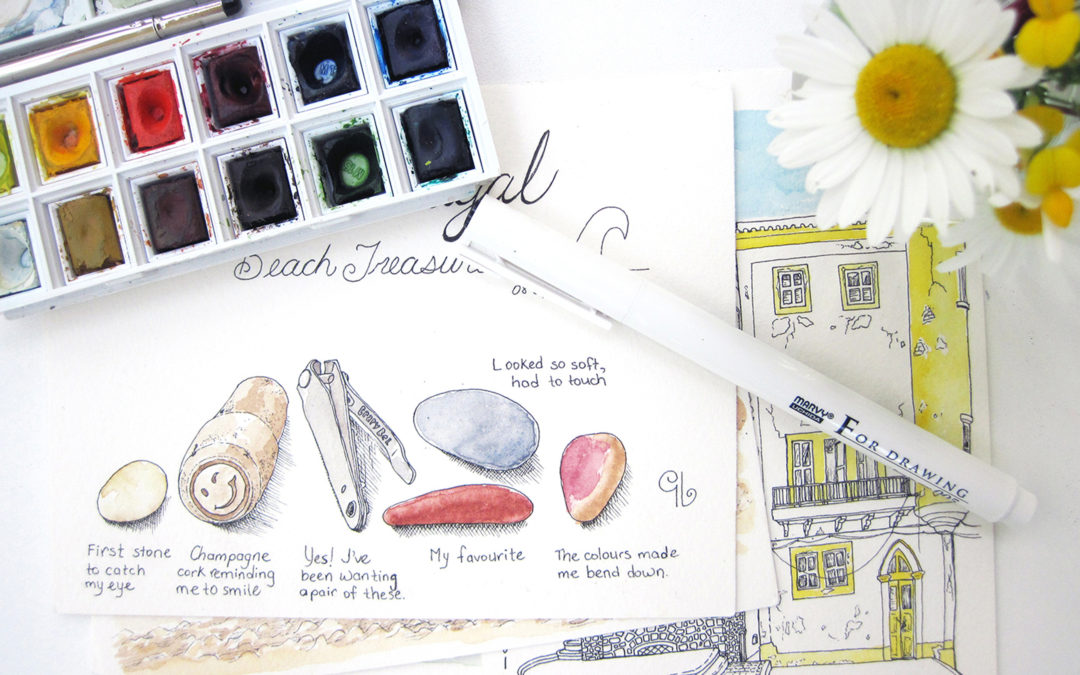It is important to keep on pushing and trying new techniques, materials, tools, new approaches. Just as important as doing what I am already good at, refining, reiterating, reinventing. This becomes the stuff I feel confident enough about to sell, to make a living. It is also what builds towards the creation and recognition of an artist’s style.
Style. Early on – before I ever considered the fine arts as a viable career path – in generic high school art classes, teachers would mention this enviable, almost mythical, achievement. The advancement of an artist’s abilities, technique, and popularity to the point of being able to recognize a piece or body of work as belonging to the creative efforts of one person without the aid of a byline. Van Gogh, Warhol, Mozart, Tim Burton, all artists whose work I am betting you would be able to id without having to rely on Google.
When learning, in school or on my own, there is a lot of imitating going on. A few art students show up on the first day with a distinctive voice already developed, not me. I despaired, tried to force it, thought less of my abilities and innate creativity, then let it go … mostly. This idea of having a distinctive style was always there at the back of my mind. Part of the problem, though, was not really knowing what makes one person’s technique stand out enough for an audience to identify the artwork as belonging to a category of its own.
Every once in a while this old conundrum pops to the forefront of my thoughts and I renew my search for an answer, guilty of turning to Google and typing in chains of keywords looking for ideas on how to create/develop my style. Most of what I have read has left me frustrated, the content of the articles, blog posts, listicles, boiling down to one annoying point: be patient, it will come with time and effort. Gah! Did I not mention something about magic wands recently?
This latest visitation to the issue has me ruminating and obsessing reflecting a bit more internally. I experienced a mini ‘wait a minute!’ moment recently. You know, kind of like those instances when you suddenly realize someone has been teasing you all along? No? Never happens to you? Lucky.
The Conscious Development of Style
One very obvious side of the style coin is conscious cultivation through intentional intellectual study and practice. Art classes, museum visits, imitation and familiarization of genres already well developed by other artists. Homework, hardwork, and experimentation beyond personal preferences leading towards refinement of technique and skill.
When it comes to the visual arts it is important to become well versed in colour theory, image composition and framing, the proper use of tools and mediums, to know which brush will give the best result for the final image in mind. Training eyes to see and hands to copy, teaching the mind to hold detailed imagery so as to better paint from memory later. Coaxing creative thought and encouraging tendencies to ask, ‘What if?’ Time, observation, repetition, just like most any profession.
The Subtle Development of Style
There is another, less visited side to this same coin. Invisible developmental building blocks of individual artistic expression buried below the surface, tangental to what I wrote about in The Physical Artist:
Something no one ever really talks about is the physical process of creating a piece of art. We talk about athletes honing their bodies and improving their movements all the time, but rarely do I hear conversations about the connection between a painter’s brain and her hands.
Each line, splotch of ink, and puddle of paint on paper helps to refine that connection. I think of all the fine motor control I have developed regardless of my judgement of the final product in front of me, all the nerves grown and trained towards capturing impulses tracing from my eyes, to my brain, to my fingers.
I have tendencies to draw a line in a certain way – left to right, bottom to top of paper, the way I hold the pen or brush which feels most natural in my hand means line thickness & weight is already partially predetermined. Repetition over time has strengthened muscles and developed nerves unique to my body. I have a tolerance for certain kinds of mistakes or actions derived from laziness – say the refusal to properly map out perspective to render an accurate circular window on a building viewed from an oblique angle which leads to not quite realistic final results.
There are colours I shy away from: purples and pinks are only ever used grudgingly. Lately autumn has been making brave use of my favourite palette of reds, browns, oranges, and yellows. I love my micro fine tip felt pens, not just the details I can render with them but also the sensations in my hand as that 0.05cm nib connects with paper. The thicker pens feel sluggish and almost sticky.

Even decisions based on what I believe is marketable are starting to creep into how I develop a piece. Lately I have been trying to do away with pen lines, stepping a bit further from ‘illustration’ towards ‘painting’ due to some preconceived notion of a greater monetary value for one technique over the other. Interestingly enough, some of these beginning efforts shared are generating the first comments I have heard from others with regards to my style. When I receive those kinds of comments on my work my first thought is, ‘Someone thinks I have a style? Happy dance!!’ And then I remember to thank them.
Study is important but it is only one side of the coin. Art is expressed through hands, body, from unique sets of preferences – seemingly minor factors which creep up over time, and should never truly cease to develop. Each moment, step, or stage in this process should be cherished for the contribution it makes to the whole.
Style, as it turns out, was always there. It is fluid. What was lacking is the appreciation of what was being created in the moment, eyes fixed on some uncertain future endeavour. A strong drive towards improvement is crucial, but so is finding a way to see value in today’s efforts. Otherwise frustration will build to a breaking point where hands are thrown up in the air and words along the lines of, ‘I give up!’ are shouted; brushes, paints, and paper stuffed in a bottom drawer and firmly shut away for good.
What is my Style? It is there in front of me.


